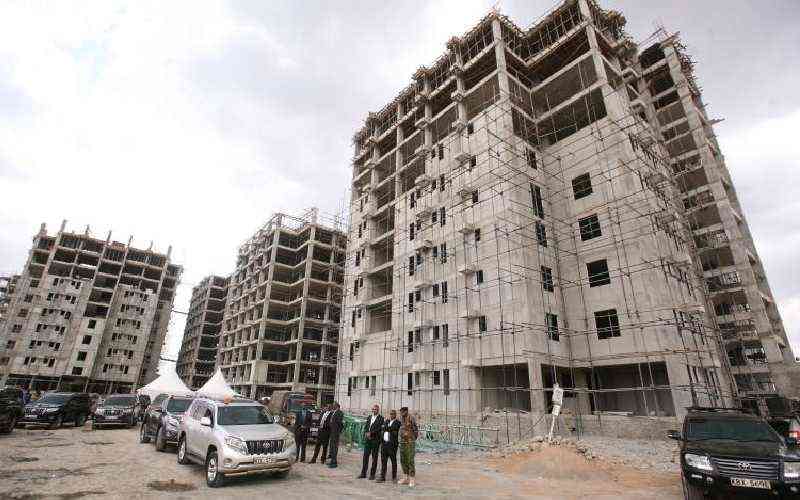
The affordable housing project located at Mukuru in Nairobi that was its construction was inspected by president William Ruto ion October 03, 2022. [Denish Ochieng, standard]
Since retired President Uhuru Kenyatta launched his infamous Big Four Agenda in 2017, affordable housing has arguably been one of the most discussed pillars compared to the rest - food security, affordable healthcare and manufacturing- and for a good reason. Uhuru's Jubilee administration sought to deliver 500,000 affordable houses by the end of its reign in 2022.